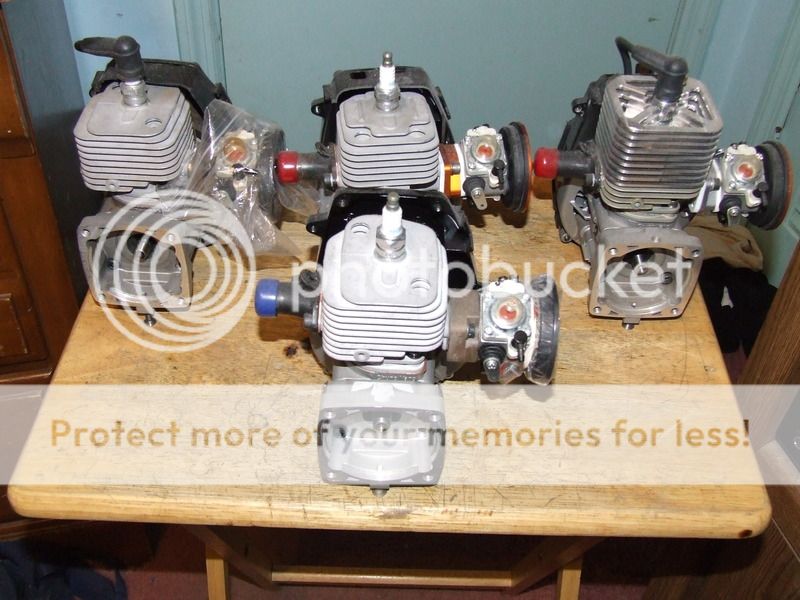45u
Active Member
What is a smallest squish that is not going to affect the reliability.
Thanks
Jeff
Thanks
Jeff

Yeah, I worked on sbf engines. Had to deck the block or buy pistons to get that spec. Tumble was important in the wedge and 4 valve engines, but not so much 2 strokes I feel. Once that piston closes with the head all tumble is overwhelmed by the turbulence on the central chamber. It becomes a torroidal (donut shaped) tornado. Having the right plug heat range and placement helps to keep the flame from being snuffed out. If the plug is too hot it will run with no spark:Once again, sbest, you've done your homework! When I raced sbc engines, I found the perfect squish gap to be .035 Can you give me some pointers on tumble? I believe proper mixture tumble will improve performance and economy at all rpms.


Thanks all for the input. I am far from being a beginner when it comes to engines. I have made my living for the past 45 plus years not limited to but including doing 99% of my own machine work on motorcycles. I have my own little machine shop. Now I do work on more 4 cycles then 2 cycles and have built many a crank for both. I have rebuilt many a connecting rod IF over size bearings are available. I have disassembled many a crank replace or rebuild rods assemble and true. I all so on the big Harley s balance the cranks and so much more.
Not trying to toot my horn but at 61 I am quite familiar with the combustible engines. Just wanting to let all know I am FAR from being new to engines.
When it comes to 2 cycle engines I have been building them for my 1/5 scale buggy for many years. Have 4 engines I built I have not even broke in yet. Yes TOO little squish is VERY departmental to the motors heath. On my 26 to 32 CC motors a good squish on the safe side is around .021 to .025. On another forum I was recommend no less then .030 on these bicycle engines. What do y'all think?
Thanks
Jeff

